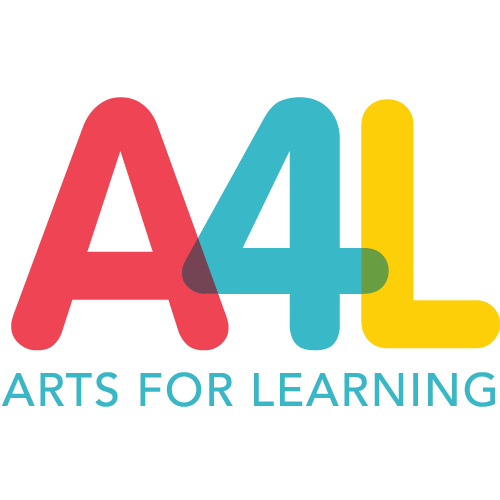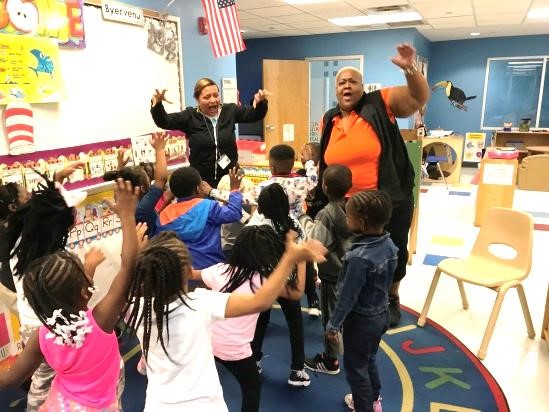Stories from the Field
Music Access at Easter Seals South Florida’s Ophelia W. Brown Lawson Center with Jennifer Puig
The A4L Music Access Residency program, serving all Headstart classrooms at at Easter Seals South Florida locations is bringing new music tools and techniques to over 400 children ages 0-5, and up to 48 teachers.
A4L Teaching Artist Jennifer Puig is working with six of those classrooms, interacting with more than 120 students, six teachers, six teaching assistants and paraprofessionals at Easter Seals South Florida’s Ophelia W. Brown Lawson Center.
The A4L Music Access Residency program, serving all Headstart classrooms at at Easter Seals South Florida locations is bringing new music tools and techniques to over 400 children ages 0-5, and up to 48 teachers.
A4L Teaching Artist Jennifer Puig is working with six of those classrooms, interacting with more than 120 students, six teachers, six teaching assistants and paraprofessionals at Easter Seals South Florida’s Ophelia W. Brown Lawson Center.
Below, Jennifer recounts her experience at thus far this spring.
Stories from the Field: Music Access at Easter Seals South Florida’s Ophelia W. Brown Lawson Center with Jennifer Puig
Through the use of a variety of books tied into their weekly curriculum, teachers and students at Easter Seals South Florida’s Ophelia W. Brown Lawson Center are able to practice a variety of skills, including: self-regulation, classroom management tools, smooth transitions, steady beat and call and response, while also learning music techniques like tone (high, medium, low), tempo (speed – fast, medium, slow), rhythm, steady sound, and adapting nursery tunes to create songs related to every lesson.
The teachers asked to learn music techniques and tools that would assist their students in self-regulating, focusing, and fostering social-emotional skills, while practicing a variety of math, language and other subjects in an inclusive way, where each student feels included and is able to participate along with the group.
Music is a great way to get all students engaged, focused, curious and creative in their learning process. During the first seven lessons, teachers and students mastered classroom management techniques through call and response, steady beat and chanting. Now, on a daily basis, I find teachers using steady beat chants to help students transition in and out of their chairs, move from inside the classroom to the outdoors, and even for washing hands or making lines – “Can you make a line? Yes I can! What are we doing? Making a line!” The steady beat call and response chants get everyone involved, focused and excited about what is happening next, while practicing a variety of vocabulary terms and complete sentences.
The steady beat technique has helped all students increase their ability to follow instructions, focus, and self-regulate, as they “pat” or “clap” the steady beat song with accompanying actions – “Steady beat, while I clap.” Teachers and students have also practiced and learned how sounds help tell a story, learn about a variety of animals, identify letters and phonemes, and warm-up our singing voices. Throughout our sessions, students continue to make connections between books, and lessons, recalling characters, sounds, songs, and concepts learned, including: animal sounds, animal sizes, positional language through our “Tone scale Puddle” activity and the difference between shapes, like straight lines and curvy lines. Students continue to grow and apply music skills to their daily learning, while teachers grow more and more confident in their use of music tools and techniques that have assisted all students in learning new ways and new approaches to learning anything that is presented to them.
It is an honor to be able to collaborate with the wonderful teachers at the Ophelia W. Brown Lawson Center, as I can see them also growing and understanding why music works in every passing class.

